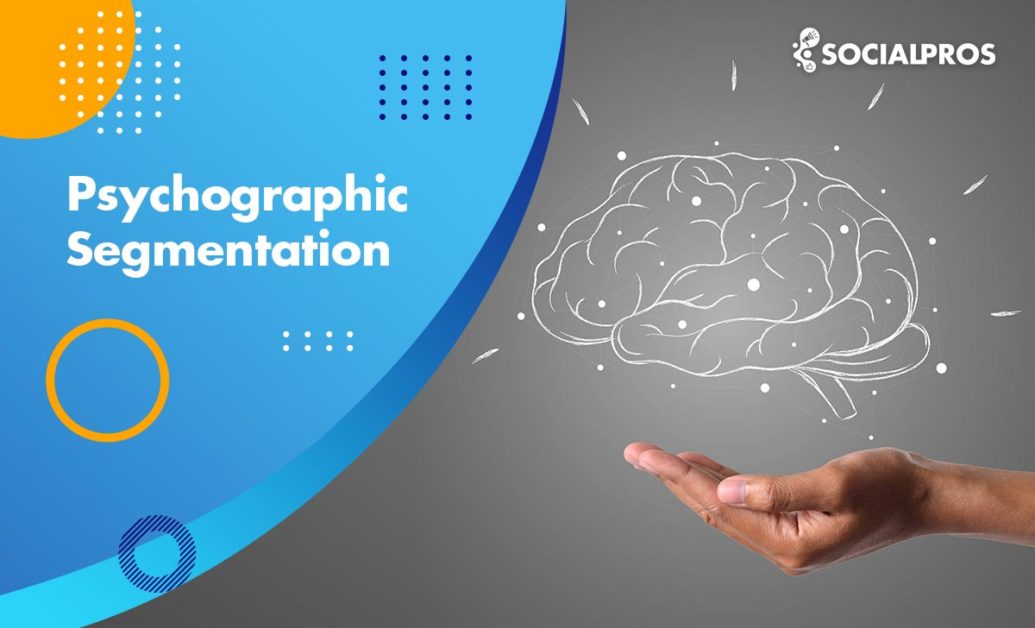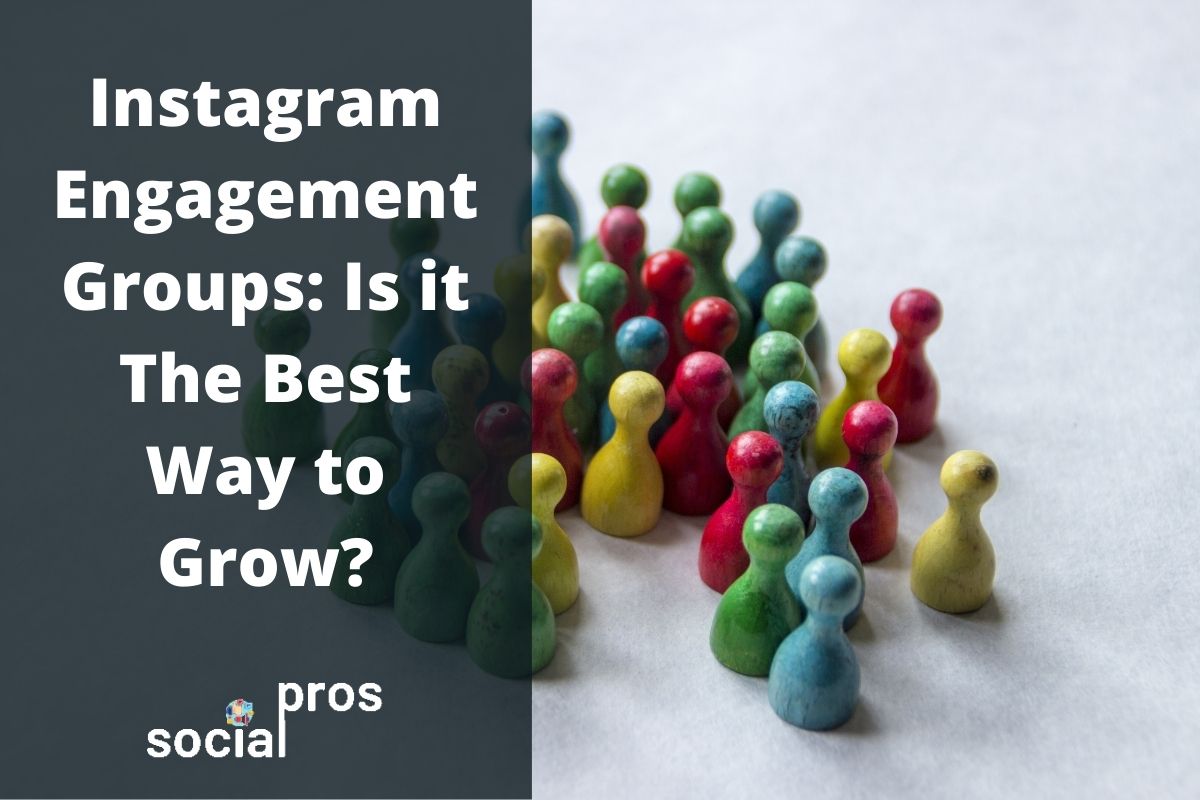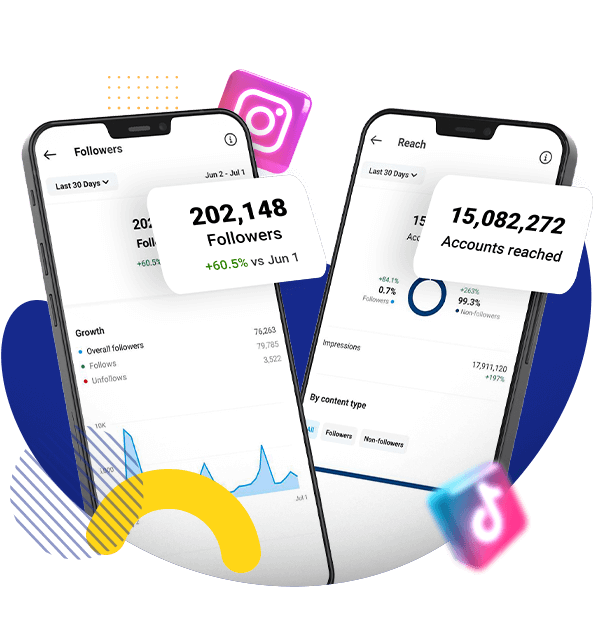Page Contents
In today’s world, you can access any data you need to promote your business in the best and shortest possible way. One of the ways that will definitely help you to do so is to categorize your audience psychologically. And this is only possible through understanding psychographic segmentation.
Are you wondering what that is? Don’t worry; in this post, we’re about to define psychographics entirely, see what the other types of segmentations are, and check how they work hand in hand with behavioral marketing and influence your business growth.
Moreover, we’ll see how a tool like WatchThemLive can help you understand your user behavior and increase your sales.
Now, are you ready? Let’s go.
What Is Psychographic Segmentation
As someone working in business, have you ever thought of your own products as a consumer or customer? Would you buy it if you were in the customers’ shoes?
Psychographic segmentation is the study of customers’ psychological characteristics [including their opinions, personalities, interests, beliefs, etc.] and categorizing them into different groups. In this type of segmentation, one can analyze the reasons behind buying behaviors and find the best routes to a better marketing strategy.
However, to include a wider variety of people as your customers, you must also use the data received from demographic segmentation. Don’t know what that is? Read the next section to find out. 😉
What Is the Difference Between Psychographic Segmentation & Demographic Segmentation
Now that we provided you with the psychographic segmentation definition, it’s time to take a look at another type of categorizing customers: demographic segmentation.
Simply put, we can say demographic segmentation measures specific quantitative data. These data include age, nationality, job, income, family size, etc. For each of these factors, you can have a definite answer.
For instance, you can say, ‘There are four people in my family. I’m 40 and from Canada’. See? Actually, you can have a clear answer to put yourself in different groups in demographic segmentation.
However, in psychographic segmentation, there is no clear border between two individuals, and the data are always qualitative. You can not put people in groups with EXACTLY similar traits. But can’t you group people based on being Americans or non-Americans? Well, of course, you can. 🙂
While psychographic segmentation answers the ‘why’s behind customer behavior, demographic segmentation tells ‘who’ your customers are.
In order to provide better services or products to your customers, you need to use both data gained from psychographic and demographic segmentation. Remember that by identifying each group’s needs, you can also target a much wider populace and sell them more easily.
In the following sections, we’ll give you some psychographic segmentation examples to illustrate any unanswered questions. But beforehand, let’s define another type of segmentation that influences your marketing.
What Is Behavioral Segmentation
Behavioral marketing focuses on the study of customers’ behavioral patterns.
It gives business owners data about customers’ opinions, attitudes, and in general, their responses and feelings to one’s business, product, or service.
But how can you analyze user behavior?
It’s so simple. The only thing you need to do is to use a proper behavior analytics tool like WatchThemLive. Using this tool, you can:
- Access visual data of your user behavior,
- Record users’ sessions,
- Use a free heatmap tool,
- Set up goals and track user behavior over time,
- And use an analytics dashboard.
This way, you can increase your conversion rate through the services this great CRO tool provides you.
Now, back to our main topic, let’s see what else we can learn about psychographics.
Types of Psychographic Segmentation
There are basically five types of psychographic segmentation to research on:
- Personalities,
- Attitudes,
- Social status,
- Lifestyle,
- AIO (Activities, Interests, opinions).
Each of the factors above has an impact on the decision whether to buy a service or product or refuse to even think about it. In the following, we’ll take a look at each of these factors in detail. Ready?
#1 Personalities
People with different personalities make different decisions when purchasing.
And when we talk about personalities, we talk about a wide range of traits.
These traits can be remembered by a code called OCEAN: Openness, Conscientiousness, Extroversion, Agreeableness, Neuroticism/ Emotional Stability. Let’s see how these traits influence psychographic market segmentation.
1. Openness
The extent that people are inclined to new and creative ideas shows their openness. So, think about your target audience. Can they accept the kind of product you offer them? Is your product designed for conventional customers with a fixed way of thought, or is it something for those who love to experience new things?
2. Conscientiousness
Conscientious people are more considerate toward the people around them and tend to plan for the future. Therefore, put yourself in their shoes and see to what extent your product matches the level of their conscientiousness. 🙂
3. Extroversion
Who are you making a product for? Are they introverts and tend to enjoy their solitude? Or are they extroverts who enjoy being with others and expanding their loved ones’ circle?
Does your product meet the needs of introverts or extroverts?
4. Agreeableness
If someone feels more responsible toward others and has the capability to cooperate with a group easily, then they have a more agreeable character. Who do you want to target? An agreeable character or someone who likes working on their own?
5. Neuroticism/ Emotional Stability
The last effective factor on our personality list is the stability of emotions. The higher the emotions, the less stability. Therefore, remember which of these two traits you’re dealing with.
#2 Attitudes
Many factors make you have a different attitude toward your friend, neighbor, or anyone around you. Different attitudes can result from your family origin, cultural background, the people you have interacted with, and so on.
Therefore, you can get real user feedback online or on paper when someone considers buying from you. According to the data you receive from your audience, you can plan for a more satisfying service, matching their attitudes.
#3 Social Status
Social status sometimes becomes the most crucial factor in deciding whether a product is necessary to buy or can be easily ignored.
Imagine someone with a high income wanting to buy an expensive car. Indeed, it wouldn’t be such a burden on their shoulder to pay for that car.
But, when it comes to buying the same car for someone with a low income, the buyer may not be able to afford the price and therefore remove it from their options.
So, each person behaves in the way that their social class demands. All you need to do is to know for whom you are producing a product or offering a service. Then, adjust the pricing, features, and whatever is related to customer satisfaction.
#4 Lifestyle
To provide a better product to your audience, you need to know how to improve an aspect of their life and solve their challenges or problems. For example, the concerns of an artist might be totally different from an athlete.
So, you need to know what gaps you’re going to fill and who your target audience is to offer the best service in proportion to their needs.
To better understand what they require, you’d better learn about their life patterns, like what they do, what their habits are, and what they are into to pass their free time.
For instance, if you (as a restaurant owner) are targeting people who have full-time jobs and do not have the time to cook meals, you must see what foods they tend to order more.
So, simply conduct a survey to see your target audience preferences and then decide on your product/service details.
#5 AIO (Activities, Interests, Opinions)
Another factor that you should take into consideration is people’s AIO.
You know that the product you produce or the service you offer becomes a part of your customer’s life. So, you must ensure that it covers their needs in daily activities, attracts their attention, and seems good to their taste.
Therefore, do research and see what things they spend money on or fill their free time. َAlso, knowing what they are interested in helps you take care of their needs and earn money more easily.
For example, if you have a video game company, search for the popular games on the market first. Ask yourself questions like, ‘What age is our target audience? Is this game profitable enough for our company, or is it just wasting time? What do our customers expect us to do for them besides providing an amusing game?’
By answering a few questions and considering what satisfies your target audience, making a wise choice for your next step in business is a piece of cake.
Why Is Psychographic Segmentation Important
If you tend to target different people with different tastes and opinions, you should definitely know them precisely.
In fact, you can not treat all the users in the same way since each person reacts to things in a unique way.
Plus, you certainly do not want to follow a strategy that doesn’t work on your target audience and, as a result, waste your money, time, and energy.
What Is Psychographic Segmentation Good for
Using psychographic segmentation, you get to know your audience and communicate with them much more quickly. There are also other benefits to psychographic segmentation:
- Understanding customers’ needs and the motivations behind them,
- Figuring out what clients think of your brand or business,
- Customizing your service/product and finding possible faults and gaps,
- Making a better bond with users to keep them as customers.
How to Use Psychological Segmentation to Your Own Benefit
First, let’s define one of the most important factors impacting psychological segmentation: a buyer/ customer/ marketing persona.
A buyer persona is a fictional representation of your target audience, or better to say, target customers. Buyer personas tell you who your ideal customers are, how they live, what they like, what their interests and needs are, and so on.
Buyer personas help your business understand your customers to serve them in the best way possible. Using buyer personas, you can predict what your customers are about to do before, after, and during making a purchase.
So, the first step is to understand the different personas that constitute your ideal customers. This way, you can improve your marketing strategy, product, or service much faster.
How to Gather the Data for Psychographic Segmentation
There are basically two ways to collect data. One is doing a survey, and the other is interviewing customers.
- Conducting Surveys
Simply ask questions from your audience about their preferences, ideas, hobbies, social status, lifestyle, personalities, and whatever is related to their attitudes.
To do so, you may ask them Likert scale questions (that show the intensity or strength of an attitude using phrases like ‘Strongly agree,’ ‘Disagree,’ ‘Undecided,’ ‘Agree,’ ‘Strongly agree’) or open-ended questions (that needs a respondent to complete a sentence or answer them based on their knowledge) to gather the data you need.
Important Note: Remember that you shouldn’t tire your audience by asking them too many questions. For online businesses, you may also insert a feedback box on your website and ask your visitors what you can do to provide a better service and satisfy them.
- Interviewing Customers
Another way of collecting data would be directly interviewing people. Sometimes, surveys can not gather the data you need, and you have to ask for people’s ideas (face-to-face) to make sure how they really feel about something.
It might have occurred to you not to feel like filling out a form (to address a service’s pros and cons) or criticizing a product on paper or online, but how about when they ask for your opinion directly in an interview? So, remember to randomly interview some of your target customers if you have the chance.
Then, you can use the info to provide services that match your target audience’s tastes.
What to Do with the Psychographic Data
After you gain enough psychographic information on your target audience, you can think about applying all the data to the product you want to launch. Of course, it would be best to consult professional people to ensure that your brand or product is the top option on your target audience’s list.
Psychographic Segmentation Examples
Now, let’s take a look at some examples for each type of psychographic marketing segmentation:
- Personalities
Imagine you want to sell a brand new technology to the people of an area who never risk buying things they haven’t known for so long. So, you must decide whether you want to risk your time and money and see if you can succeed.
- Attitudes
As a fashion designer, you may choose black or dark colors for children’s clothing. But do parents really tend to buy dark-colored clothes for their little kids? Or do the kids like to wear black all the time?
- Social Status
Provided that your job is to build apartments, towers, and big houses, you must bear an important thing in mind: social class.
For instance, if you are building luxurious houses somewhere with a poor economy, your chances of selling them are probably so low.
- Lifestyle
Suppose you are a shoe manufacturer, and your target audience is women working in hospitals. Do you design high heels for doctors and nurses who work long hours and have to walk most of the time? Is it comfortable enough? Can you encourage them to come and buy them? I think you can’t.
- AIO (Activities, Interests, Opinions)
As a music composer, you do not want to make your fans angry. So, when writing and composing a piece of music, you consider your fans’ tastes and try to include whatever their concerns are. This helps you be a star in your own career.
Psychographic Segmentation FAQs
Now that we have covered the most important issues related to psychographic segmentation, it’s time to look at some of the frequently asked questions.
#1 What Does Marketing Segmentation Explain?
Generally, marketing segmentation categorizes customers into different groups based on their needs and characteristics, and it helps marketers target users efficiently.
#2 What Is Geographical Segmentation?
As the name also suggests, geographical segmentation categorizes customers based on their location or where they usually make their purchases.
This type of segmentation is used when the people of an area have similar needs according to their cultural background or location circumstances.
For instance, the needs of people living in a rural area differ from those living in a big city.
Last Words on Psychographic Segmentation
To better understand your customers and target them more efficiently, you need to research and classify them due to their psychological characteristics.
This way, you do not even have to invest a lot of money and time in people who are not interested in your product/service.
Now, just choose the right people to conduct surveys and interview your target audience to see how you can improve your business. Wish you luck. 😉






